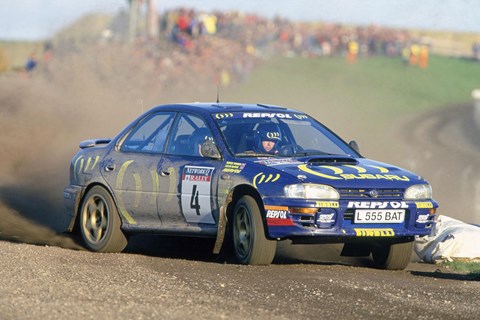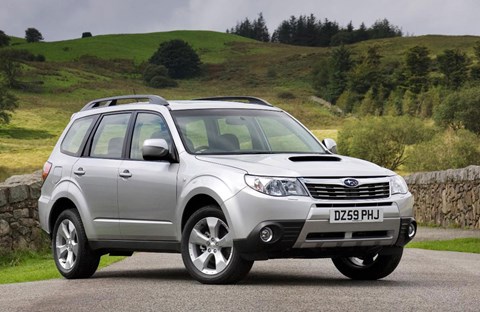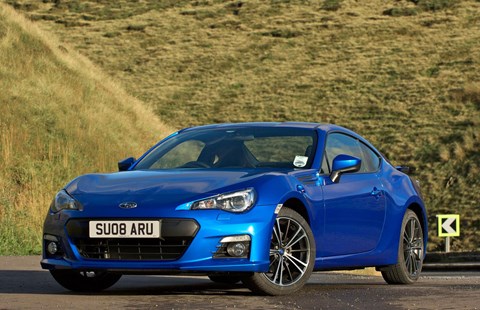► 50 years of Subaru boxer engines
► The tech behind flat fours and sixes
► Plus the best of Subaru’s boxer hits
It’s been 50 years since Subaru first put a horizontally opposed engine in one of its cars – and it’s still slugging away at the concept, like an old brawler on the ropes trying to land a knock-out blow.
Subaru is resolutely unorthodox, and so are its engines. Advantages of the boxer are smoothness and a low centre of gravity. The punch and counterpunch of the opposing pistons cancel out the inertia force of each other, meaning the engine has natural balance.
Its compact depth means that it sits lower in the engine bay too, helping the car corner. Probably not a huge bonus in the first 55bhp two-door car, but something that proved to be hugely useful when the boxer went famously berserk in the 1990s with the like of McRae, Solberg and Makinen at the wheel.
But there are issues. Boxer engines are wide, often sitting across the span between the strut towers, while there are more parts because you’ve got a two of everything: heads, intake manifolds and exhausts.
And then there’s the infamous piston slap: until the pistons warm up and come to tolerance, they can make a hell of a racket.
So in celebration of the boxer, here are some of Subaru’s greatest bouts:
The contender: 1966 Subaru 1000

Subaru’s boxer engines started life in aircraft through owner Fuji Heavy Industries, whose boxers had the low cross-section and lack of vibration which made them ideal for low-drag frontal sections and not shaking airframes to bits.
The concept was adopted by the carmaking division for the 1966 Subaru 1000 compact (above), a little two-door, 54bhp 1.0-litre four-cylinder front-wheel drive car which was cutting edge at the time. A more powerful 66bhp SS version was introduced a couple of years later.
Madder and more furious than Mike Tyson: 1989 EJ Series

The EJ Series engines got a lot of people excited during Subaru’s one period of genuine greatness. In 1989 Subaru introduced the EJ, with four cylinders, 16 valves and various capacities, and it was extremely adaptable, offering up less than 100bhp in run-of-the-mill models to more than 300bhp, thanks to some pretty extreme turbocharging in increasingly bonkers versions of hot Imprezas. The EJ20 in the Impreza STis of the 1990s and 2000s ran up to 350bhp without blowing up. Mostly.
The homologated WRC versions of the EJ207 2.0-litre performed in the championship from 1998 to 2008, and customer spec motors currently still propelling amateurs through various forest and deserts around the world.
The slugger: 2007 horizontally opposed diesel

Having stoically trudged the petrol path while selling around 600,000 cars a year using the stuff, Subaru bent to customer will and took the step of developing a diesel engine for a European market, despite the fact it might make up less than five per cent of its sales. Typically wacky Subaru.
The boxer layout served to make the diesel very smooth, without the need for balancer shafts and pretty powerful for its time too with 148bhp. Problem is, the boxer configuration isn’t very economical, which isn’t ideal for a diesel. Currently seeing sterling service in a muddy Forester somewhere in Cumbria, doing barely 40mpg.
The comeback fight: 2010 FB

Remarkably, 2010 saw only the third all-new boxer engine in Subaru’s history and the first in 20 years. DOHC and long stroke (the previous flat-fours had been oversquare with a large bore and short stroke) for better burn in the cylinder, chain driven camshafts and variable valve timing, the FB performs in Outbacks and XVs. The later FA engine, which was a substantially reworked version of the FB, offers 200bhp in the BRZ.